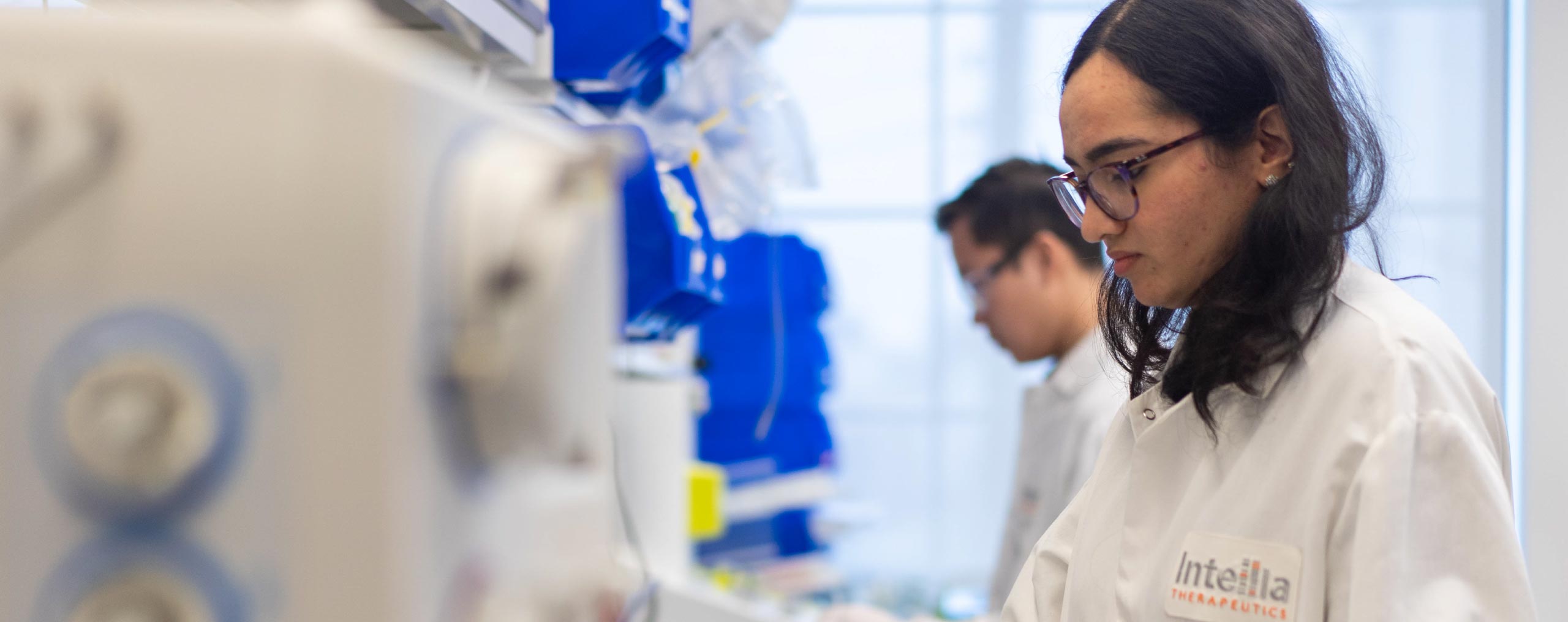What is transthyretin amyloidosis?
There are several types of amyloidosis. Transthyretin amyloidosisAlso known as ATTR amyloidosis. A rare genetic disease caused by accumulation of misfolded transthyretin (TTR) protein, which affects the nerves, heart, kidneys and eyes. Patients can develop amyloidosis by inheriting the faulty TTR gene from a parent (hereditary ATTR amyloidosis, ATTRv or hATTR) or due to a natural form of this protein, without genetic mutation (wild-type ATTR amyloidosis, ATTRwt or wtATTR). NTLA-2001, Intellia’s first investigational therapy, is being evaluated in a Phase 1 clinical trial as a treatment for people who have hereditary ATTR with polyneuropathy., also called ATTRAlso known as ATTR amyloidosis. A rare genetic disease caused by accumulation of misfolded transthyretin (TTR) protein, which affects the nerves, heart, kidneys and eyes. Patients can develop amyloidosis by inheriting the faulty TTR gene from a parent (hereditary ATTR amyloidosis, ATTRv or hATTR) or due to a natural form of this protein, without genetic mutation (wild-type ATTR amyloidosis, ATTRwt or wtATTR). NTLA-2001, Intellia’s first investigational therapy, is being evaluated in a Phase 1 clinical trial as a treatment for people who have hereditary ATTR with polyneuropathy. amyloidosis, is a rare, progressive disease. ATTR amyloidosis is caused by a buildup of misfolded transthyretin (TTR) proteinAlso known as TTR protein. Produced by the TTR gene. The disease, transthyretin (ATTR) amyloidosis, occurs when a specific DNA mutation occurs in the TTR gene that causes the liver to produce the TTR protein in a misfolded form. This misfolded protein can build up in the body and lead to disease-causing nerve and other organ damage. produced by the liver. This buildup can occur in various parts of the body and cause a range of symptoms affecting the nervous system, heart or other organs.
The hereditary form of ATTR amyloidosis is passed down by parents’ genes. The wild-type form of ATTR is non-hereditary and acquired with age.
Worldwide, there are an estimated 50,000 people living with hereditary ATTR amyloidosis and 200,000 to 500,000 patients with wild-type ATTR amyloidosis.
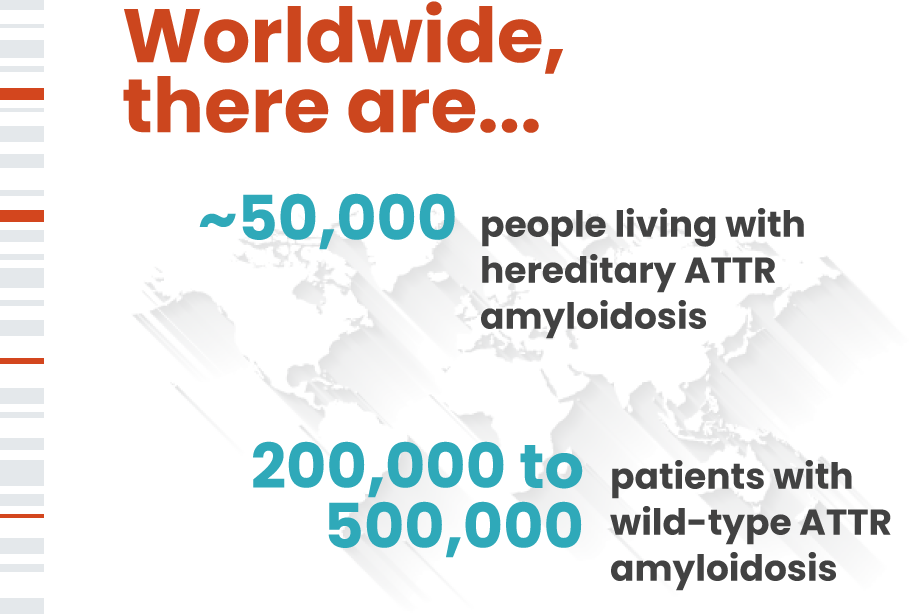
What are the symptoms associated with ATTR amyloidosis?
Hereditary ATTR amyloidosis symptoms can appear at any age, while symptoms for wild-type ATTR typically appear in men over the age of 60. Depending on where the buildup of TTR protein occurs in the body, these symptoms may differ.
There are several types of ATTR amyloidosis:
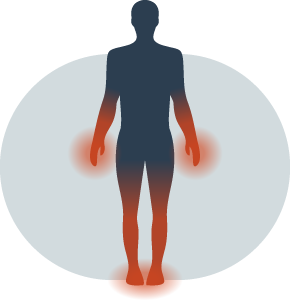
Peripheral neuropathy
(or polyneuropathy)
Difficulty walking, tingling and numbness in the hands and feet, limb weakness and pain
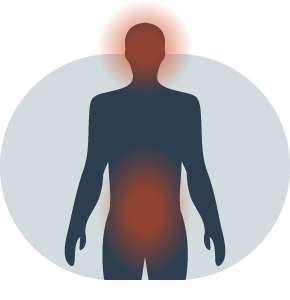
Autonomic neuropathy
Light-headedness when standing, bladder and bowel problems, sexual dysfunction
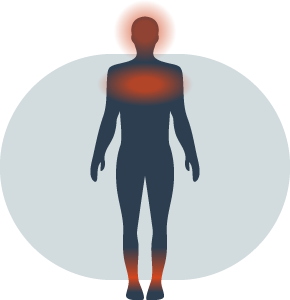
Cardiomyopathy
Shortness of breath, chest pain, palpitations and abnormal heart rhythm, ankle swelling, fainting
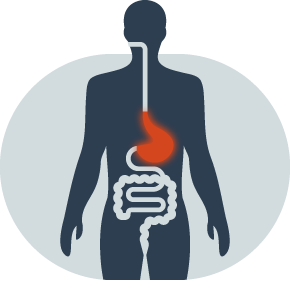
Gastrointestinal
Stomach pain, decreased appetite, diarrhea, nausea, weight loss
Most cases of wild-type ATTR amyloidosis are associated with cardiomyopathy. Some people with ATTR amyloidosis may experience more than one aspect of the disease.
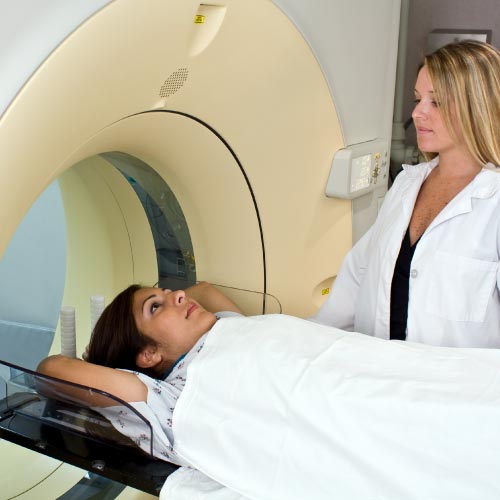
How is ATTR amyloidosis diagnosed?
Because ATTR amyloidosis is rare and has a wide range of symptoms, it may be challenging to obtain an accurate diagnosis. Many cases go undiagnosed for years and are often mistaken for other medical conditions.
An effective diagnosis includes directly looking for signs and symptoms. This includes several tests to determine if there is buildup of TTR protein in the body. Clinicians may also conduct blood, nerve and muscle tests along with body scans, such as an MRI. Often, genetic testing is required to see whether these symptoms are related to the hereditary form of ATTR amyloidosis.
Family members of people affected by ATTR amyloidosis may be diagnosed earlier because of the awareness around the disease and the symptoms to watch for.
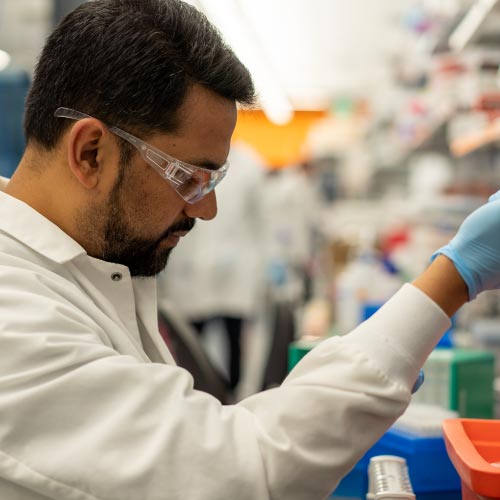
What are the treatment options for ATTR amyloidosis?
There is no known cure for ATTR amyloidosis, although investigational drugs and other therapeutic approaches are currently in development. Previously, the most common treatment for ATTR amyloidosis was a liver transplant. Current medications on the market aim at stabilizing the TTR protein or slowing production.
Community Resources
Click the links below for more information about transthyretin amyloidosis.
Amyloidosis Research Consortium | arci.org
Amyloidosis Support Groups | amyloidosissupport.org

